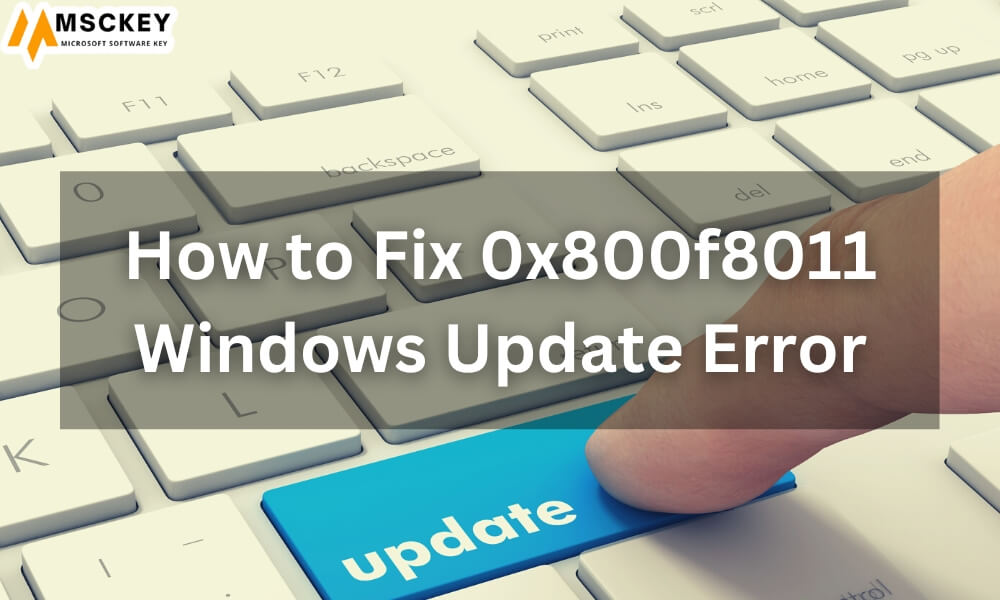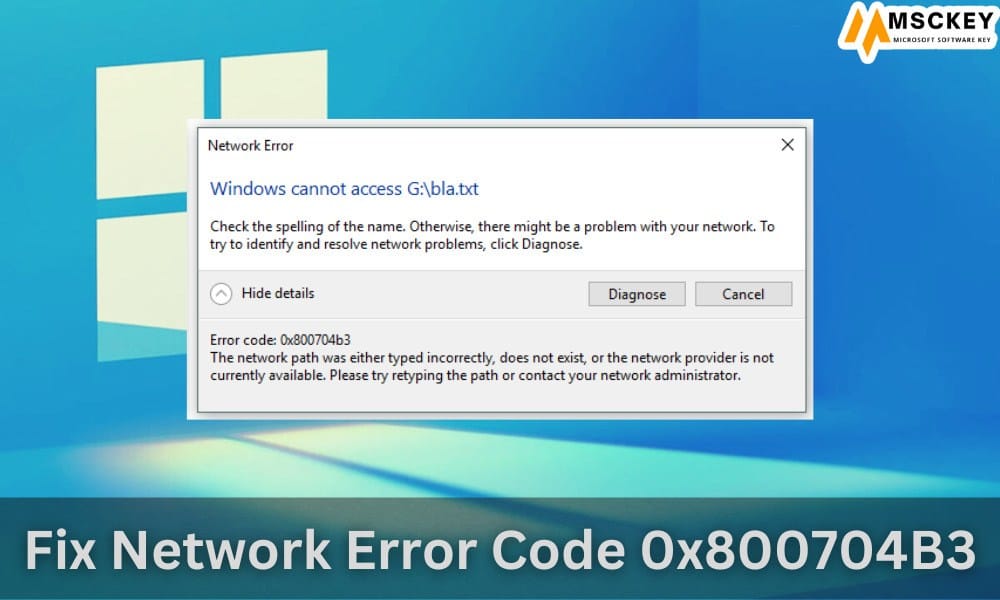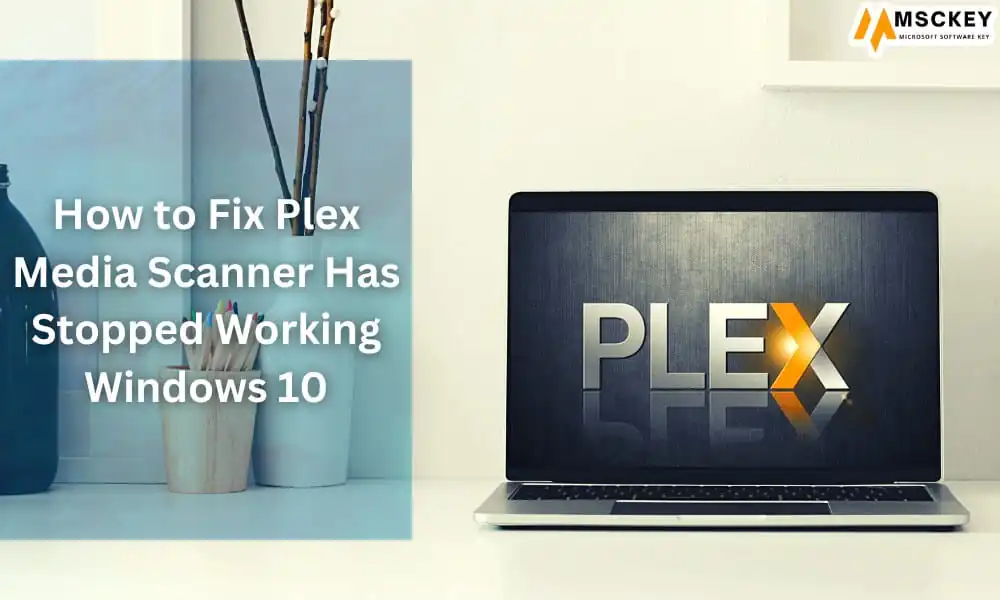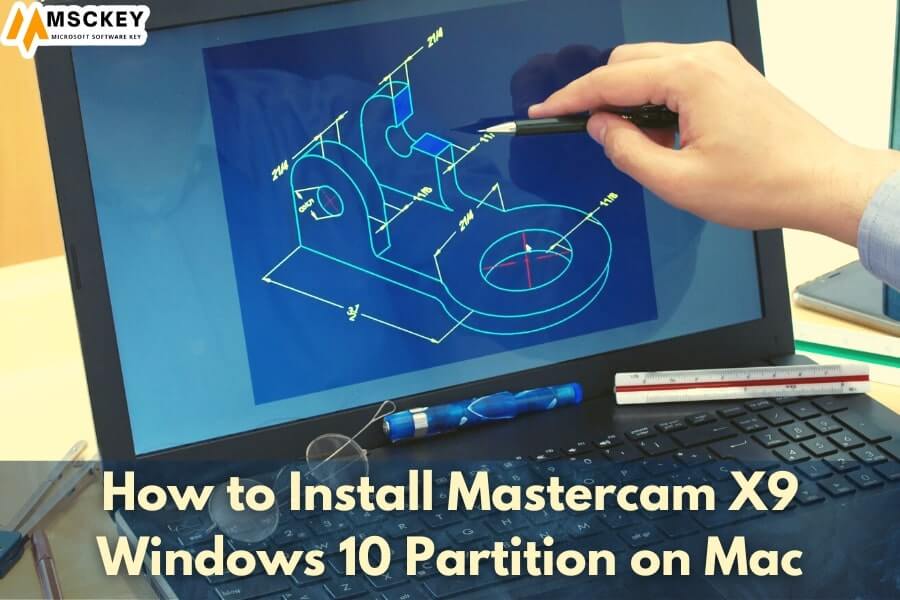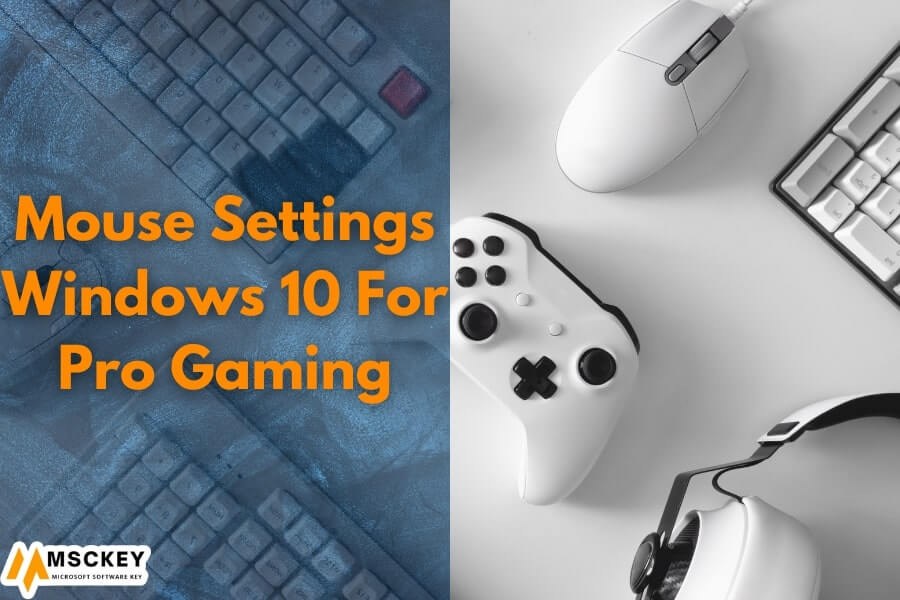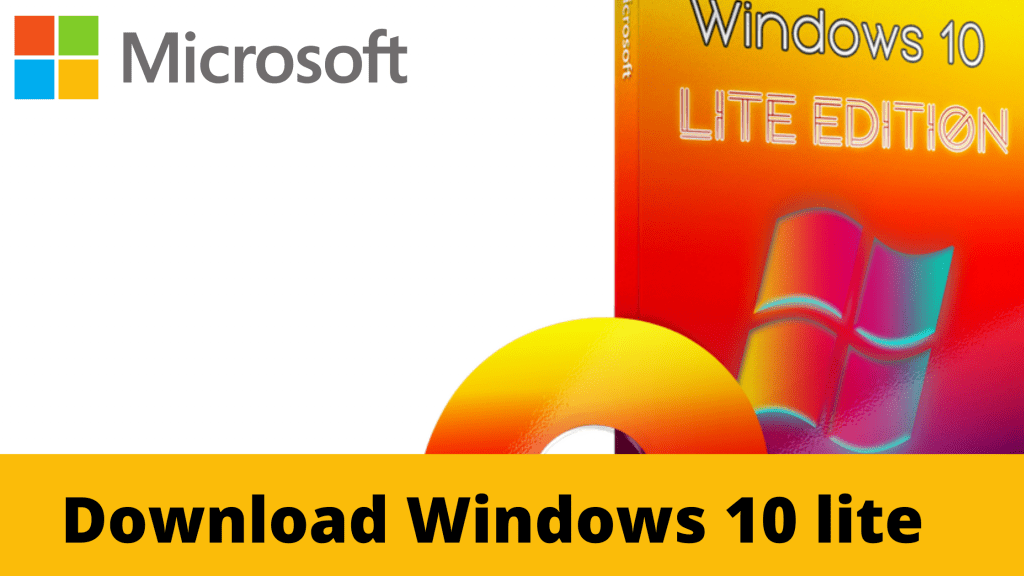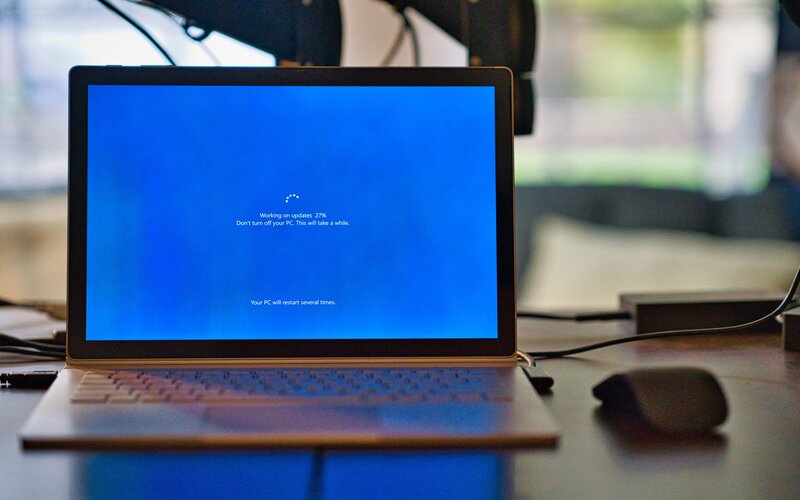What is The Difference Between Windows 10 Home and Pro Editions
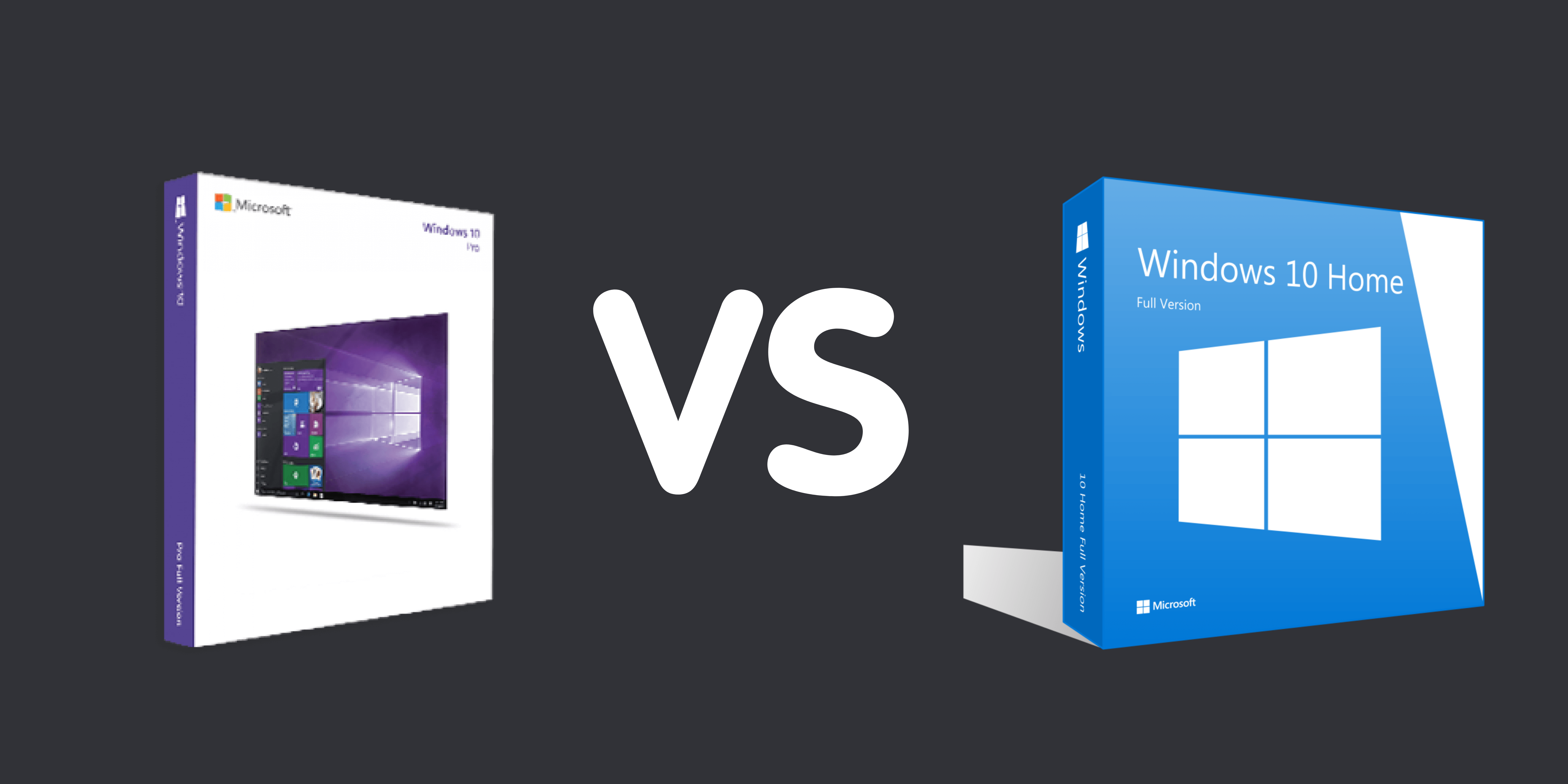
Microsoft offers two versions of Windows 10: Home and Professional. On a conceptual level, it’s simple to grasp what this entails. Pro is for people who use computers at work, while Home is for people who use computers at home. But what is the real distinction? Let’s have a look at the difference between windows 10 home and pro.
Windows 10 Home should suffice as an operating system if your networking requirements are basic or if you only have one PC. If you’re on a budget, the lower price should help. If you need more advanced features later, Msckey will charge you $59 to upgrade your windows 10 pro license rather than acquiring a new one.
Knowing what you need out of an operating system might help you choose the difference between Windows 10 Home and Pro. If you’re a home user, Windows 10 Home will take care of your computing needs. If you need extra functionality, such as a network domain or the ability to manage group policies across numerous PCs (for example, in a small office), Windows 10 Pro offers these advanced capabilities to simplify and centralize management.
About Windows 10 Home
The Home edition of Windows 10 is the most basic version, and it works on any device – be it a desktop or a laptop. It is the most basic version of Windows, designed specifically for the individual user who uses Windows mostly at home.
It’s more of a home version of Windows that includes all of the basic but necessary features like Microsoft Edge, Cortana, Virtual Desktop, Battery Saver, Device Encryption, Windows Update, and more.
The departure from traditional Internet Explorer is a huge upgrade, and the new Task View option, which allows users to quickly create several workplaces on their PCs, is a major gain. Universal apps are another significant innovation that may be seen in both Windows editions.
About Windows 10 Professional
As the name implies, Pro is the more advanced and professional edition of Windows 10. It’s a more advanced version of Windows meant for PC aficionados, small businesses, and contractors who would benefit most from the Pro version.
Well, the Pro doesn’t take anything away from Home customers; rather, it adds a few capabilities that are only available in the Pro edition. The added features are unquestionably expensive. It includes all of the functionality included in the Home version, as well as some additional security and administration tools.
It employs BitLocker Drive Encryption, a sophisticated degree of encryption that safeguards sensitive data by preventing unauthorized access.
Difference Between Windows 10 Home and Pro in Details
Customizing Windows Update
Microsoft’s service-oriented architecture is embraced by Windows 10 Home. Updates and repairs are required, and you don’t have much of a choice about whether or not to install them. With features like Active Hours and Restart Options, the Anniversary Update released in 2016 made updating easier. When Microsoft wants to install updates and restart your machine, there isn’t much else you can do.
Encryption of BitLocker Drivers
BitLocker Drive Encryption is another feature that is still missing in Windows 10 Home. The complexity of BitLocker is one of the grounds for not having it in Home, which I believe is a weak argument. Operating systems did not come with a Firewall built-in many years ago since they were deemed to be excessively sophisticated and obtrusive. In truth, the Windows Firewall was initially disabled in Windows XP Home. It was enabled with the introduction of Windows XP SP2, and bidirectional support was added to Windows Vista Home versions.
As a result, I believe the claim that integrating BitLocker in Windows 10 Home would be too complicated for customers to manage is flawed. When you buy a Microsoft Surface Pro or Surface Book, the Pro edition of Windows 10 is preinstalled, and BitLocker is turned on by default. I’m confident that neither device is aimed mainly at enterprises, developers, or huge organizations. Many of the testimonials on Microsoft’s Surface Facebook page come from prosumers who use these devices in their homes. It’s fair to argue that the lines difference between Windows 10 Home and Pro user are blurring.
Hyper-V
Advanced features that power users in residential contexts may want are also available. For compatibility concerns with older software, a built-in virtualization solution such as Hyper-V may be the best option. With each new version of Windows 10, there’s a greater chance of compatibility concerns. An out-of-the-box solution like Hyper-V would smooth things over for many home customers running that one legacy app that gets broken by an update. Even Hyper-new V’s Quick Create option appears to be aimed towards customers who are unfamiliar with such technologies.
Packs of Languages
It’s not unusual to visit a home where the family speaks a variety of languages these days. Although Windows 10 Home does allow language packs, the ambiguity surrounding country-specific distributions and single-language editions makes it difficult to tell whether it does so officially. Windows 10 Pro comes with the ability to download and install various language interfaces right out of the box.
Other Features of Windows 10 Pro
The growth of BYOD (bring your own device) has altered the computing landscape. It’s not unusual for you to access resources on your Exchange, Microsoft Teams, SharePoint, or OneDrive for Business from the same Android or iOS device at work. Yet, at home or at work, you use these same devices to read the newest tweets, listen to Spotify, or run your home surveillance camera.
Your laptop, which you use at home and at work, is presumably the same. Although business-oriented features such as Domain Join, Network Backup, and File Encryption are common, not all should be deemed business-oriented. Again, File Encryption and Network Backup may be handy for safeguarding sensitive information or backing up important family memories to a NAS. Remote Desktop is another Pro feature; while Quick Assist is available in Home, Remote Desktop is far more flexible and may be a superior support option for distant family members or friends.
Support
When making a decision, people should also think about support. Microsoft anticipates that home customers will upgrade to every version of Windows 10 Home that is released. Meanwhile, Pro customers are offered longer grace periods, allowing them to go a year without updating the operating system. The support rights are also better; after Microsoft retires a version, you can get updates for up to 6 months.
Privacy
Another feature that could be a selling point for Windows 10 Pro in the future is privacy. To generate income, Microsoft needs to commercialize Windows 10. If the corporation needs to pay software experts to keep generating new releases, that’s understandable. Users of Windows 10 Home may notice that the Start menu occasionally displays advertisements for apps available for download from the Store. This type of addition is difficult to remove, and it may even become mandatory in future releases.
Conclusion
Windows 10 Pro appears to be the best edition to acquire with each revision—it’s a jack of all trades, and even features that might seem worthy in a home environment are becoming exclusives in Pro. Set your default to Pro or upgrade to the Pro Pack if you have the option. Yes, it’s pricier, but with the new free upgrade benefits, your investment in Windows 10 Pro grows with each update.


